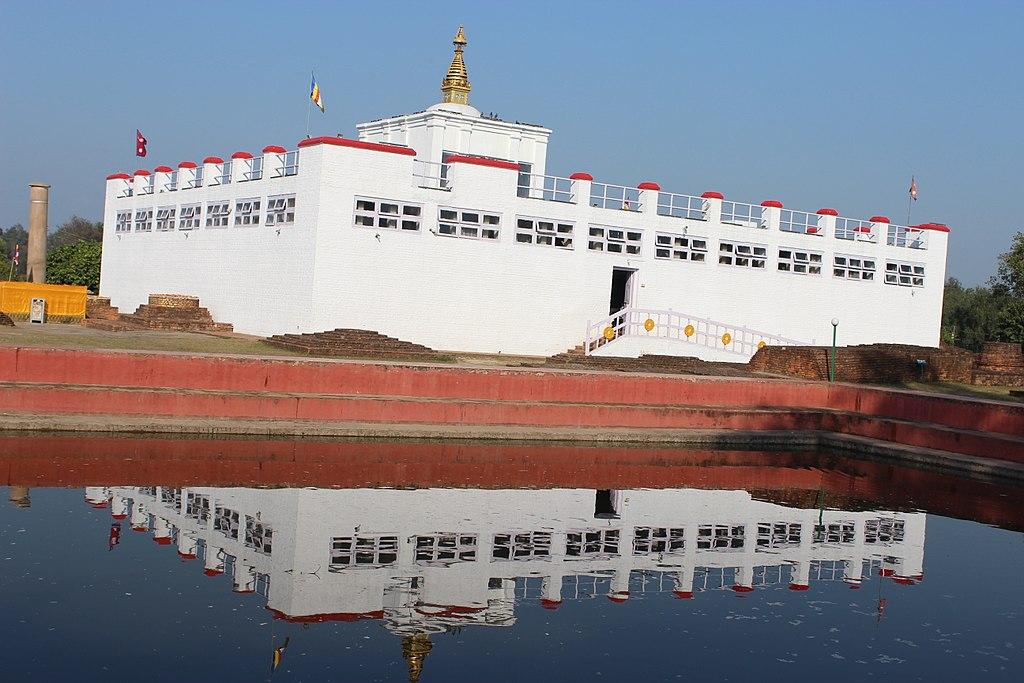Lumbini
Nepal
Destination Descriptions:
Lumbinī (Nepali: लुम्बिनी pronounced [ˈlumbini] ⓘ, "the lovely") is a Buddhist pilgrimage site in the Rupandehi District of Lumbini Province in Nepal. It is the place where, according to Buddhist tradition, queen Maya gave birth to Siddhartha Gautama at around 623 BCE.[2][3] Gautama, who, according to Buddhist tradition, achieved Enlightenment some time around 528 BCE,[4][5] became Shakyamuni Buddha and founded Buddhism.[6][7][8] Lumbini is one of many magnets for pilgrimage that sprang up in places pivotal to the life of the Buddha.
Lumbini has a number of old temples, including the Mayadevi Temple, and several new temples, funded by Buddhist organisations from various countries. Most of the temples have already been completed and some are still under construction. Many monuments, monasteries and a museum, and the Lumbini International Research Institute are also within the holy site. Also, there is the Puskarini, or Holy Pond, where Mayadevi, the Buddha's mother, is believed to have taken the ritual dip prior to his birth and where he also had his first bath. At other sites near Lumbini, earlier Buddhas were, according to tradition, born, then achieved ultimate Enlightenment and finally relinquished their earthly forms.[9]
Lumbini was made a World Heritage Site by UNESCO in 1997
In the time of the Buddha, Lumbini was situated east of Kapilavastu and south-west of Devadaha of Shakya, an oligarchic republic.[11][12] According to the Buddhist tradition, it was there that the Buddha was born.[13] Ashoka Pillar of Lumbini, a monolithic column with an inscription in the ancient Brahmi script discovered at Rupandehi in 1896, is believed to mark the spot of Ashoka's visit to Lumbini. The site was not known as Lumbini before the pillar was discovered.[14] The translation of inscription (by Paranavitana) reads:
"When King Devanampriya Priyadarsin had been anointed twenty years, he came himself and worshipped (this spot) because the Buddha Shakyamuni was born here. (He) both caused to be made a stone bearing a horse and caused a stone pillar to be set up, (in order to show) that the Blessed One was born here. (He) made the village of Lumbini free of taxes, and paying (only) an eighth share (of the produce)."[15][16][note 2]
The park was previously known as Rupandehi, 2 mi (3.2 km) north of Bhagavanpura. The Sutta Nipáta (vs. 683) states that the Buddha was born in a village of the Sákyans in the Lumbineyya Janapada. The Buddha stayed in Lumbinívana during his visit to Devadaha and there preached the Devadaha Sutta.
